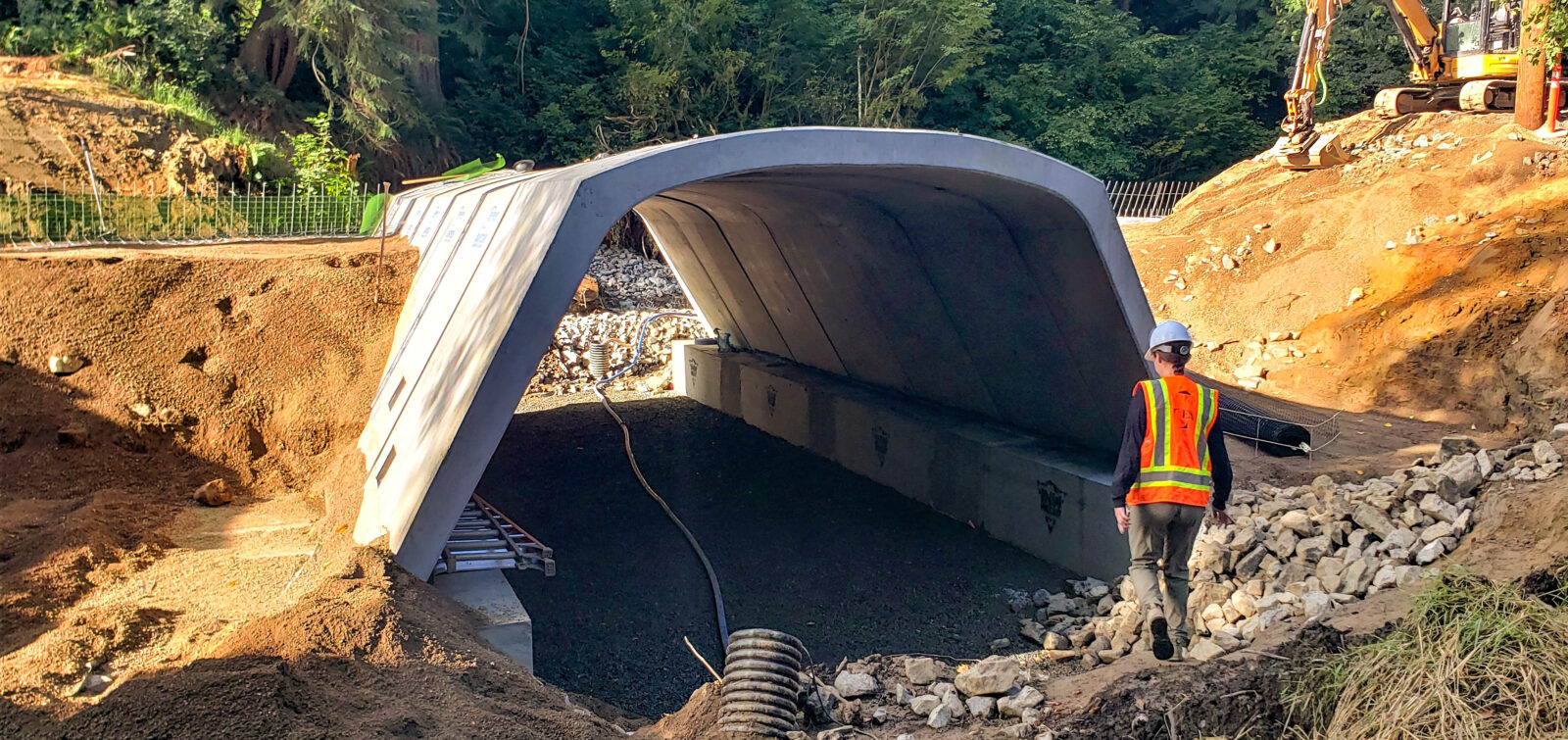The new Regional Conservation Investment Strategy (RCIS) Toolkit—powered by ESA’s insights—is now live.
This valuable online resource helps demystify the RCIS planning process, a vital method for aligning conservation priorities with infrastructure and land use planning across California. Developed through a partnership between The Nature Conservancy and ESA, in collaboration with the California Department of Fish and Wildlife (CDFW) and current RCIS participants, the toolkit offers clear, practical guidance for a wide range of users.
The RCIS planning process benefits various entities by helping conservation organizations secure funding to acquire or restore habitats, guiding infrastructure agencies in siting development projects or investing in advance mitigation, and supporting counties in implementing nature-based solutions for community and ecosystem resilience. The new online toolkit helps organizations understand the basics of an RCIS or Mitigation Credit Agreement (MCA) and consider whether an RCIS or MCA aligns with their goals—and if so, the toolkit guides them through the process.
What is the RCIS Program?
The RCIS Program, managed by CDFW, is a voluntary, science-based conservation planning process designed to foster a thriving, connected, and biodiverse California. It helps identify high-priority conservation actions and integrate them into early-stage infrastructure and land-use planning. This collaborative approach benefits both environmental goals and development projects by streamlining implementation while promoting robust conservation outcomes.
The program includes three components:
Regional Conservation Investment Strategies (RCISs): These offer detailed, localized strategies that prioritize conservation efforts and guide mitigation planning. Most practitioners currently focus on developing RCISs because they are required to develop MCAs. Eleven RCISs have been initiated so far, with ESA authoring the two most recent ones—North Bay Baylands and San Joaquin Valley.
Regional Conservation Assessments (RCAs): These provide broad-scale data and insights for conservation and development planning at a large scale (generally multi-county). RCAs are not required, and none have been proposed to date; however, they remain a foundational element for those who opt for a more comprehensive assessment.
Mitigation Credit Agreements (MCAs): These crucial components facilitate the creation of mitigation credits that can offset future project impacts. The MCA represents a new and expanded approach to compensatory mitigation. For example, MCAs offer opportunities to acquire non-permanent credits, habitat connectivity and enhancement credits, credits on public lands, and excess credits from restoration projects, all of which were previously not permitted or limited in California.

Changing the Game
The RCIS Toolkit addresses a critical need within the conservation and development communities: improving understanding and accessibility of the RCIS Program. Previous efforts to disseminate information through the CDFW website and webinars encountered limitations. To address these challenges, The Nature Conservancy and ESA created the toolkit as an online hub to gather all essential information and documentation in one place.
The toolkit transforms how users engage with the RCIS Program by:
Increasing Accessibility: By being easily discoverable via search engines, the toolkit broadens the scope of individuals who can access and learn about the program.
Providing Clear Guidance: It reworks complex CDFW program guidelines into a more intuitive and streamlined format, offering easier support and guidance for new and experienced proponents and developers.
Sharing Practical Insights: By incorporating lessons learned, pitfalls, tips, and tricks from ESA and other practitioners, the toolkit helps users navigate potential challenges and leverage efficiencies discovered over the program’s nine-year evolution.
Expanding Mitigation Options: Crucially, it highlights the innovative approach of the MCA, which significantly expands options for compensatory mitigation in California—a crucial need given the scarcity of traditional mitigation banks.
ESA’s Expertise in Action
ESA’s role in developing this toolkit was pivotal. The team conducted extensive interviews with both RCIS proponents and developers, gathering invaluable insights into their goals, challenges, and successful strategies. This research informed the content, including FAQs and descriptions, ensuring the site directly addresses user needs. ESA’s expertise helped to synthesize complex information and present it in a user-friendly format, further establishing the firm as a reliable, collaborative, and innovative partner within the conservation community.
“ESA brought deep experience, forward-thinking ideas, and a collaborative approach—understanding both the big picture and the details to help us shape effective RCISs and advance mitigation.” -Liz O’Donoghue, Director, Resilient Communities Strategy in the Climate Program, The Nature Conservancy of California
The RCIS Toolkit represents a significant step forward in promoting effective conservation and sustainable development in California, offering a forward-looking, adaptable resource for building a more sustainable future.
For more information, contact Tierra Groff, Senior Wildlife Ecologist, or Melissa Denena, Senior Principal Ecologist, or visit https://www.rcistoolkit.org/.







